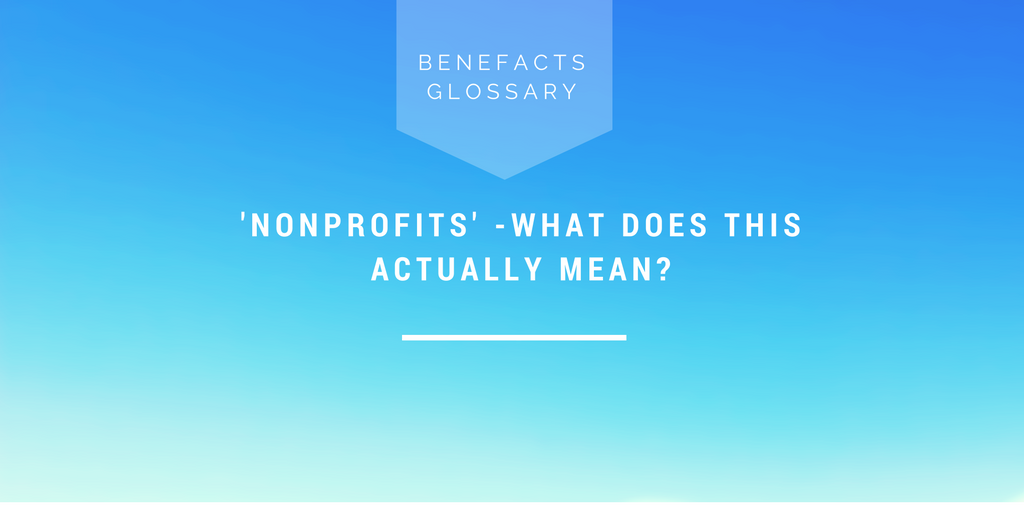Blog
What do we mean by ‘Civil Society’ and ‘Nonprofit’?

We often get asked what is meant by the terms ‘Civil Society’ and ‘Nonprofit’ so let’s take a closer look at both the origin and meaning of these terms.
Civil society refers to the collective body of organisations that belong neither to government (the public sector) or the market (the private sector).
Nonprofit refers to individual organisations set up on a not-for-profit basis. This is a very wide definition that includes charities, community and voluntary organisations, non-governmental organisations, but also political, professional and membership bodies.
As many are not incorporated, we don’t describe them as companies. Likewise, we don’t call them charities if they haven’t yet registered as such with the Charities Regulator. All charities by definition are nonprofits, but not all nonprofits are charities because the law actually excludes certain categories of nonprofit including sports bodies, trades unions and political parties.
So where did these terms come from?
In the 1990s, at Johns Hopkins University in the US, the Comparative Nonprofit Sector Project (CNP) built a framework to carry out comparative analysis of the scope, structure, financing and impact of nonprofit activity by civil society organisations globally. This framework was subsequently adopted by the United Nations (UN).
The CNP produced two really important outputs:
- A definitive way to identify a nonprofit and
- A classification system grouping nonprofits according to their purpose.
How to identify a nonprofit: 5 core attributes
Organised: means organised or institutionalised to some extent. What is important is not that the organisation be registered or legally recognised, but that it have some institutional reality with a legal charter of incorporation. This excludes ad hoc or temporary gatherings of people with no real structure or organisational identity.
Private: means institutionally separate from government.This does not mean that nonprofit organisations may not receive significant government support or that government officials cannot sit on their boards. Rather, they must be “nongovernmental” in the sense of being structurally separate from the instrumentalities of government and they not exercise governmental authority.
Non-profit distributing: means not returning any surpluses generated to members or owners. Nonprofit organisations may accumulate a surplus in a given year, but this must be reinvested into the basic mission of the agency and not distributed to the organisation’s owners, members, founders or governing board.
Self-governing: means equipped to control their own activities. Some organisations that are private and nongovernmental may nevertheless be so tightly controlled either by governmental agencies or private businesses that they essentially function as parts of these other institutions even though they are structurally separate. To meet this criterion, organisations must control their activities to a significant extent, have their own internal governance procedures, and enjoy a meaningful degree of autonomy.
Voluntary: means involving some meaningful degree of voluntary participation. This involves two different, but related conditions: (1) the organisation must engage volunteers in its operations and management either on its board or through the use of volunteer staff and voluntary contributions; and (2) “voluntary” also carries the meaning of “non-compulsory”. Organisations in which membership is required or otherwise stipulated by law are excluded from the nonprofit sector. These include some professional associations that require membership in order to be license to practice a trade or profession.
A classification system for nonprofits: 12 subsectors
Although the classification framework has divided nonprofits into 12 subsectors, it is still a very broad classification as it covers organisations of all kinds - local and national, small and large, religious and secular, professional and amateur, incorporated and unincorporated.
In order to fit the Irish context, we have adapted this classification system, dividing our database into 12 sub-sectors, as outlined below.
The following provides examples from each subsector:
We are continually updating our database, and periodically we add new groups of organisations read here for more information on how we collect data. Likewise, we are always trying to improve the search and explore experience for users of our website – please submit your feedback here.
Category: Nonprofit sector



